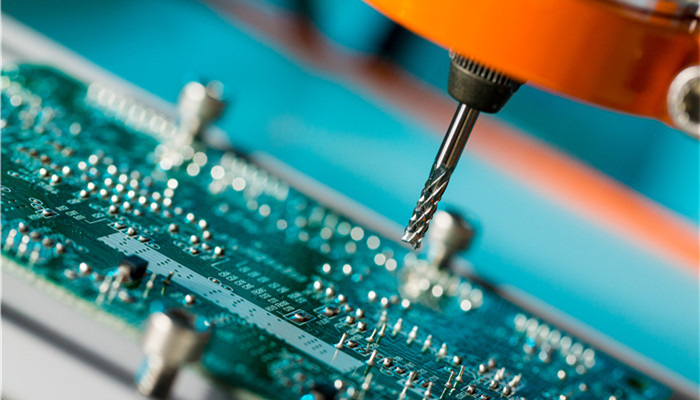
Market application and prospect analysis of phenolic resin (noline phenolic resin) for photoresists in China in 2023
Phenolic resin is a colorless or yellowish-brown transparent substance that is resistant to weak acids and weak alkali. It will decompose when exposed to strong acid and corrode when exposed to strong alkali. It is insoluble in water and soluble in organic solvents such as acetone and alcohol. Phenolic resin is obtained by the condensation polymerization of phenol formaldehyde or its derivatives. Phenolic resin has long been mainly used in the manufacture of reinforced plastics, insulation materials, refractory materials, coatings and other fields. In recent years, with the continuous development of China’s semiconductor industry, the demand for photoresist has continued to grow. The technological breakthroughs of domestic photoresist companies have led to the growth of domestic photoresist production capacity, and the demand for phenolic resin products for photoresists has also continued. increase.
Phenolic resin for photoresist is a special linear phenolic resin with high technical barriers and has long been mainly dependent on imports. Photoresist is mainly divided into PCB photoresist, LCD photoresist, and semiconductor photoresist according to application fields. Among them, the resin system used in the TFT positive photoresist in LCD photoresist is phenolic resin; the G-line photoresist (wavelength 436nm) and I-line photoresist (wavelength 365nm) in semiconductor photoresist use photolithography The glue system is all phenolic resin-naphthoquinone diazonium positive glue.
With the rapid growth of China’s wafer manufacturing scale, the demand for photoresist in the Chinese market has also continued to grow rapidly. However, for a long time, the high-end photoresist market has been mainly monopolized by Japanese and American companies. The main layout of photoresist products in China’s semiconductor field There are G-line, I-line, KrF and ArF technologies. However, as the global situation has become complex and changeable in recent years, foreign countries have issued a number of sanctions on China’s semiconductor industry, and the risk of supply cuts has escalated. In October 2022, the U.S. Department of Commerce’s Bureau of Industry and Security announced “New Export Controls on Advanced Computing and Semiconductor Manufacturing Items Exported to China” to upgrade sanctions on China’s semiconductor industry; in March 2023, the Netherlands joined the United States in imposing sanctions on China Semiconductor sanctions; in May 2023, the Japanese government officially introduced export control measures for semiconductor manufacturing equipment, restricting the export of 23 types of semiconductor manufacturing equipment. China’s high-end photoresist products and main raw materials are industries that are highly dependent on foreign countries, and the localization of their supply chains is supported by national policies.
The “2023-2028 China Photoresist Phenolic Resin (Linear Phenolic Resin) Industry Market In-depth Research and Development Prospects Forecast Report compiled and released by the Industrial Research Center》shows that phenolic resin for photoresist (special novolac resin) is an important raw material for photoresist and has a great impact on the product performance of photoresist. The global phenolic resin manufacturers for photoresists mainly include Sumitomo Bakelite, D&E, and other companies. In 2018, the domestic Shengquan Group’s linear phenolic resin products broke the foreign monopoly, and Tongcheng New Materials also completed the mass production of phenolic resin for TFT-LCDarray positive glue of liquid crystal panels and LED photoresist phenolic resin. It is expected that in the next few years, as the downward pressure on the global economy increases and external uncertainties increase, the technological blockade faced by China’s semiconductor industry may continue. Strengthening and replenishing the chain of China’s semiconductor industry has become an important task for the development of the industry. Photoresist is one of the products with the highest technical barriers in the semiconductor field. The localization of its products and supply chain is an important foundation for ensuring the security of the supply chain. It is expected that in the next few years, the localization rate of China’s phenolic resin products for photoresists will further increase.

 微信扫一扫打赏
微信扫一扫打赏

